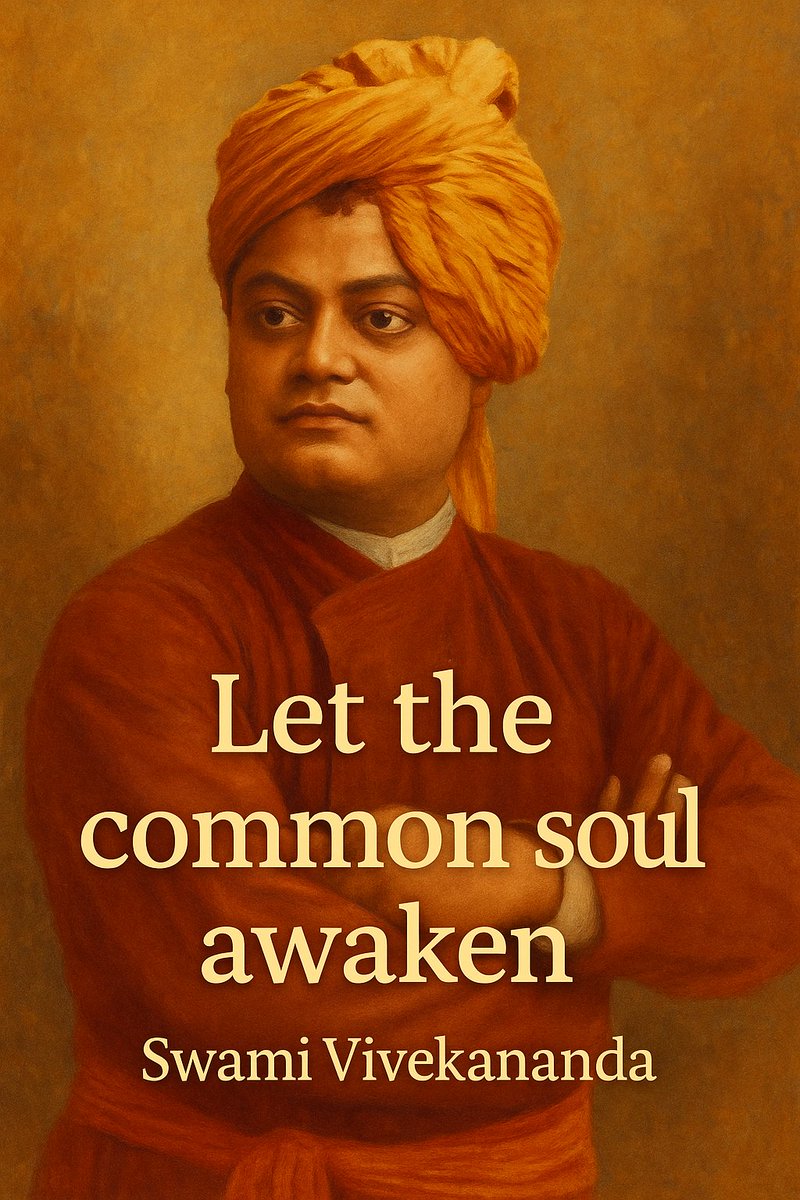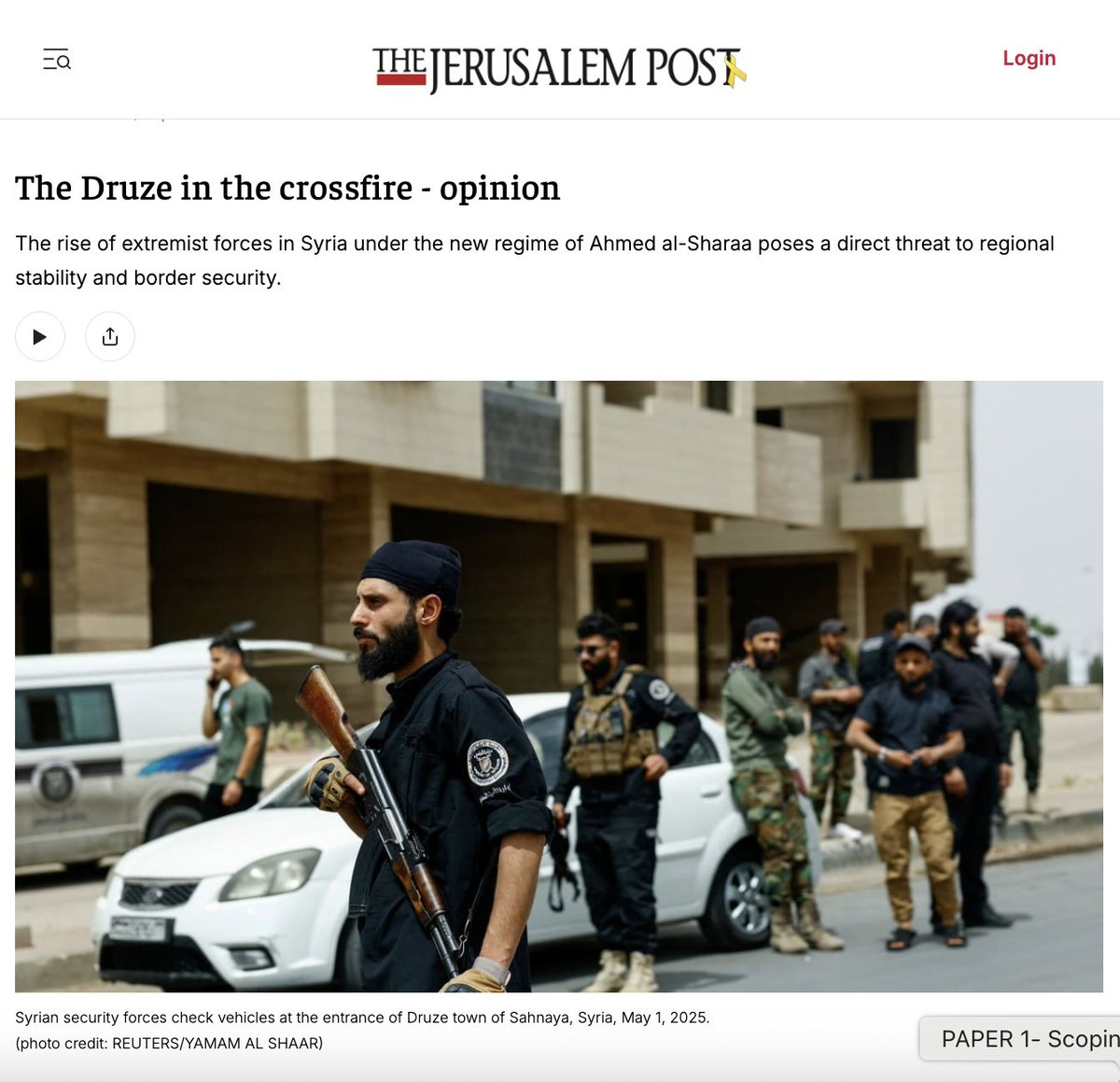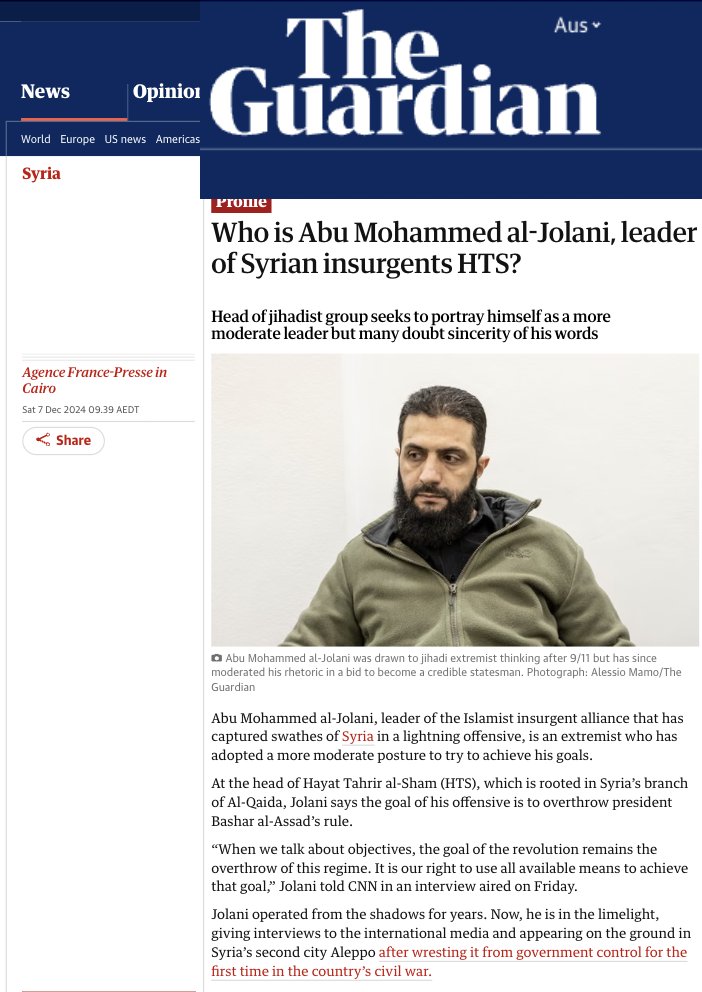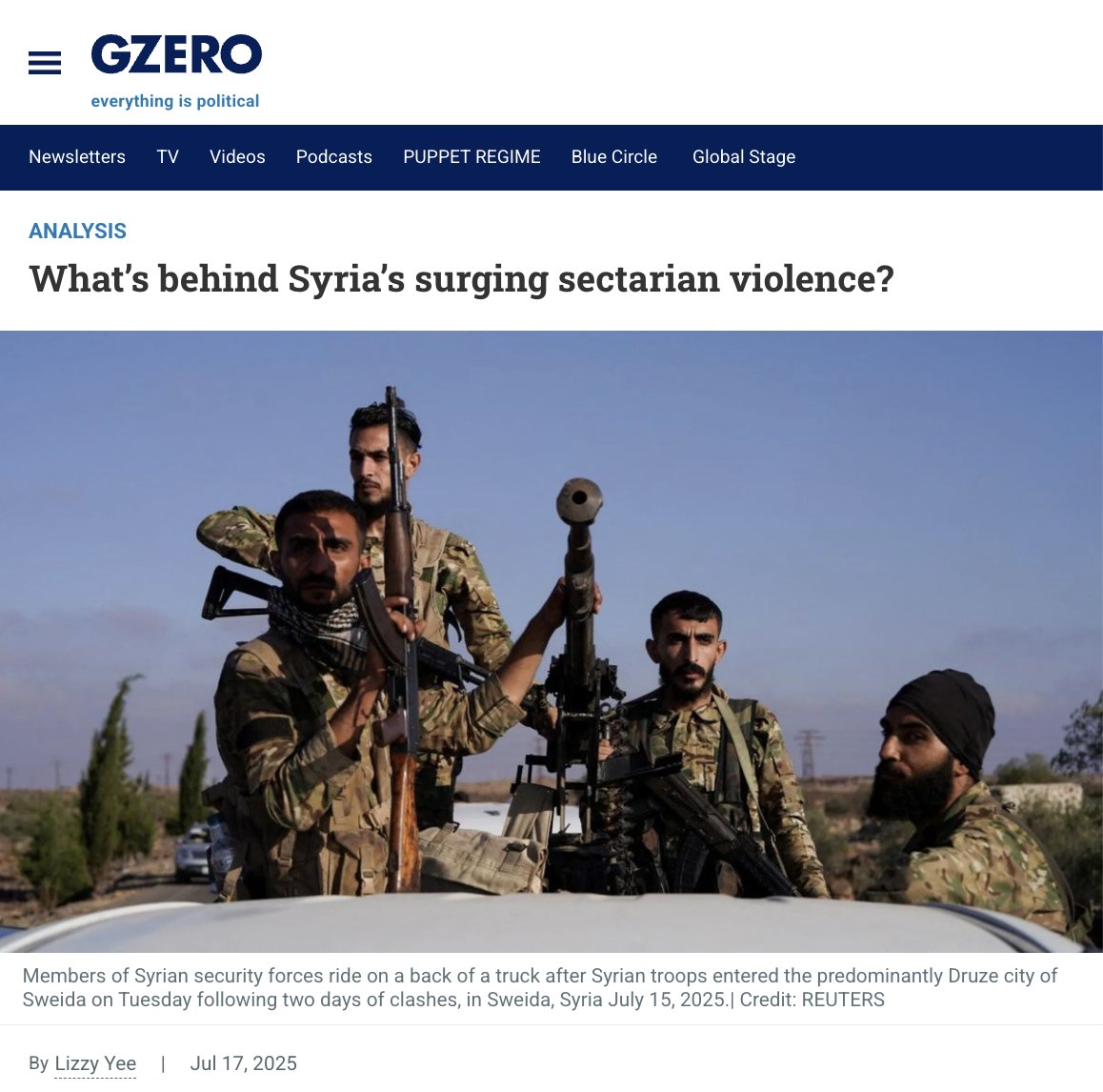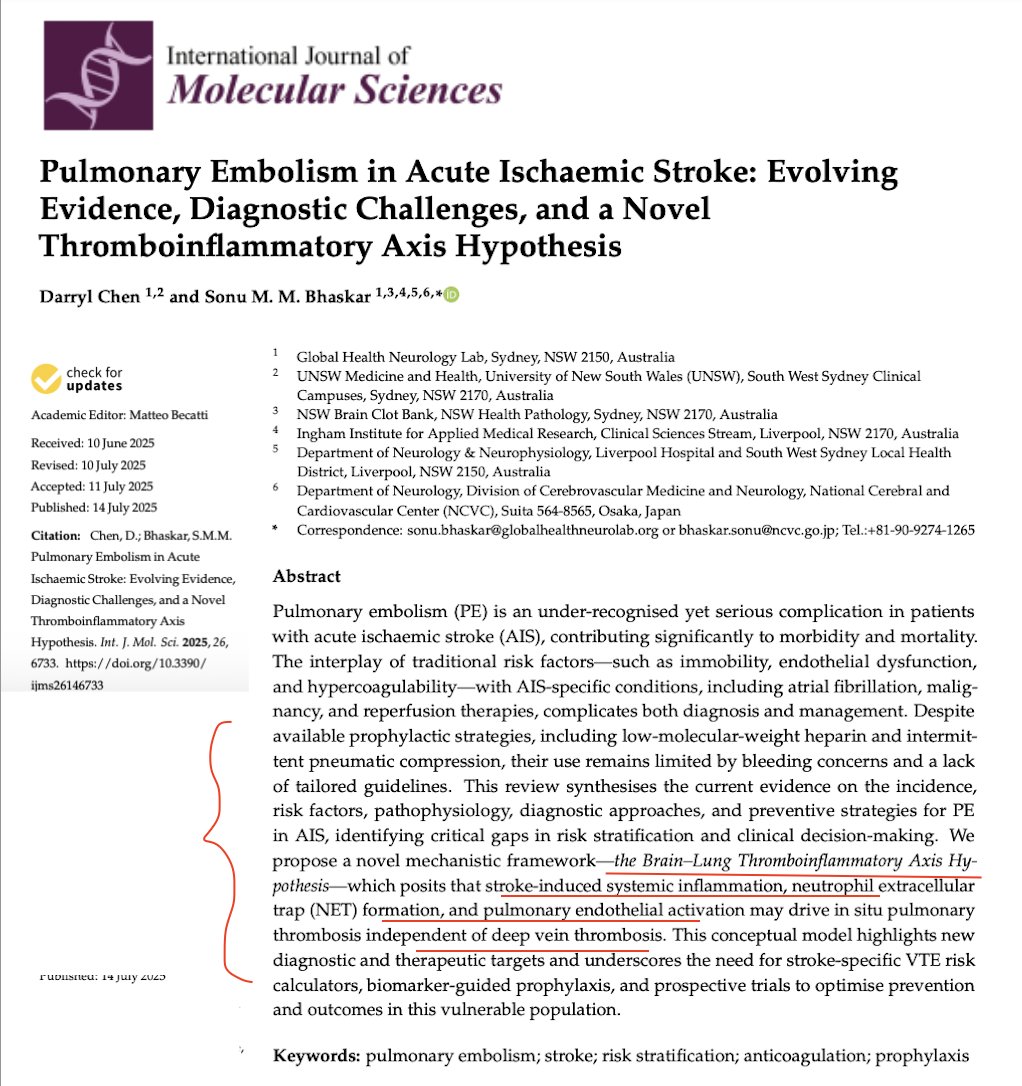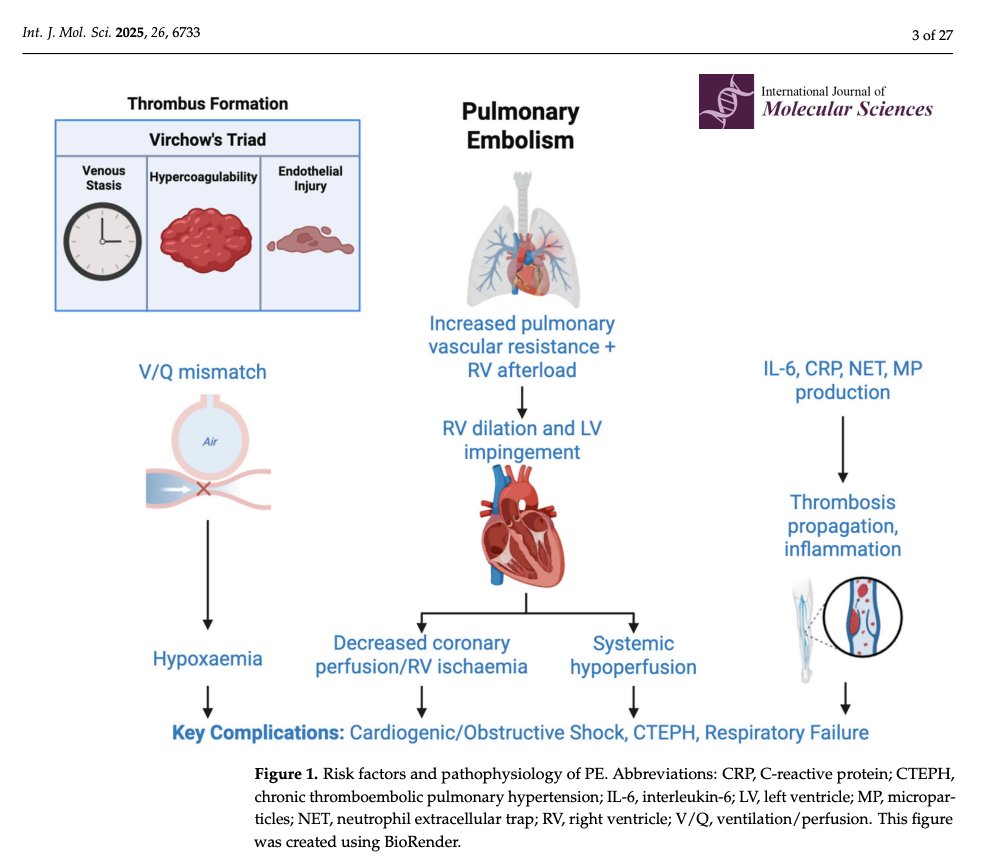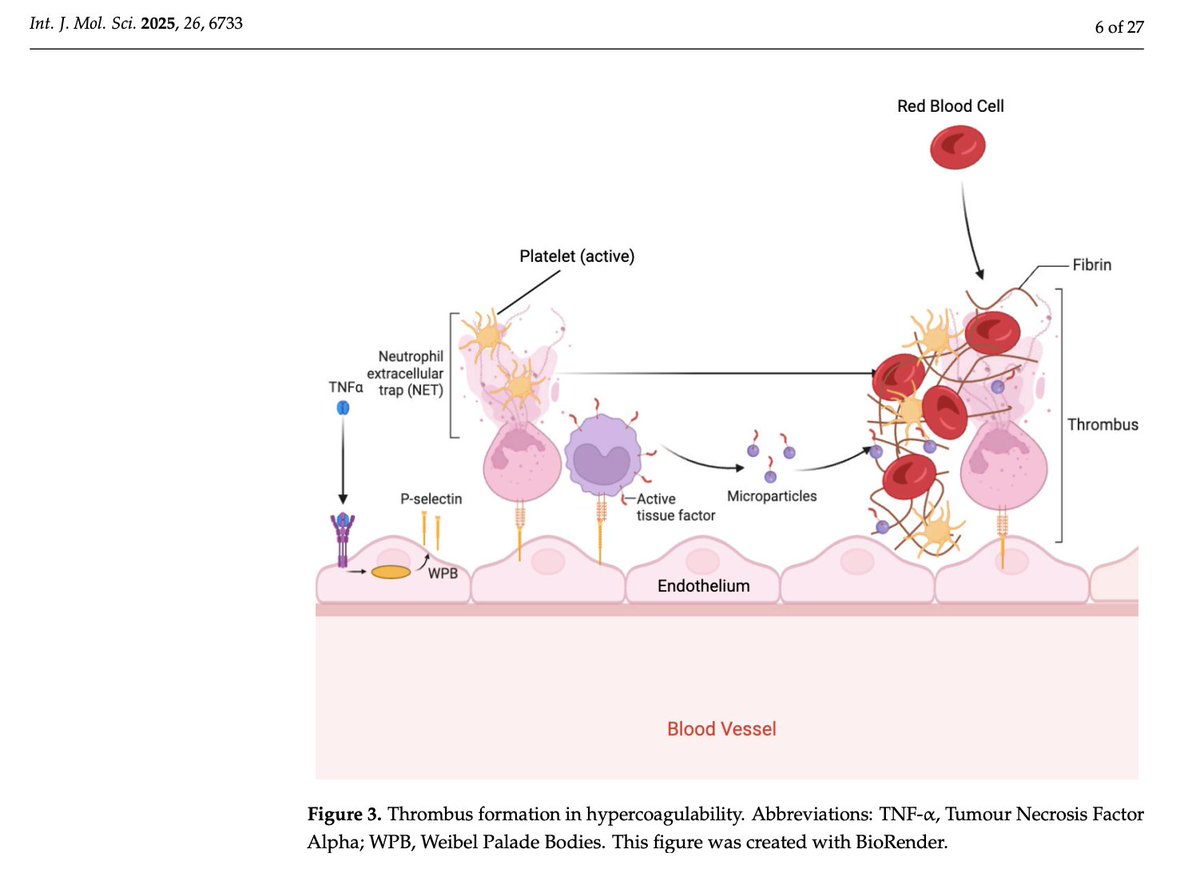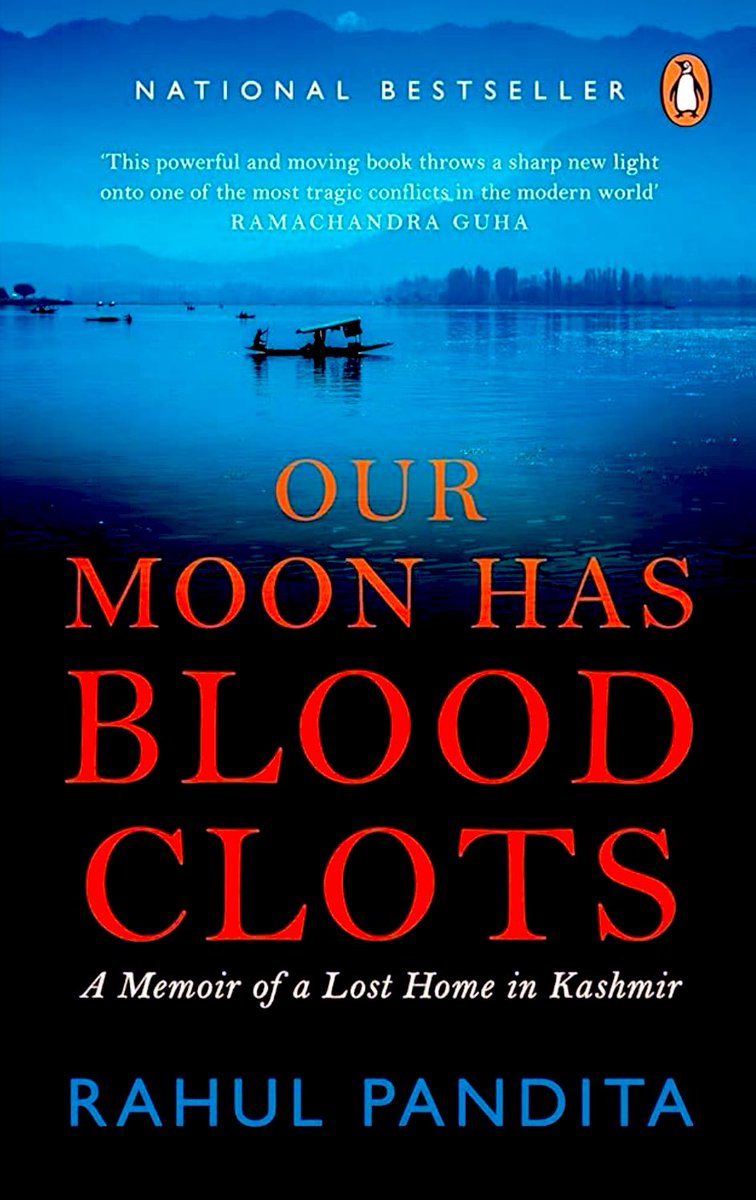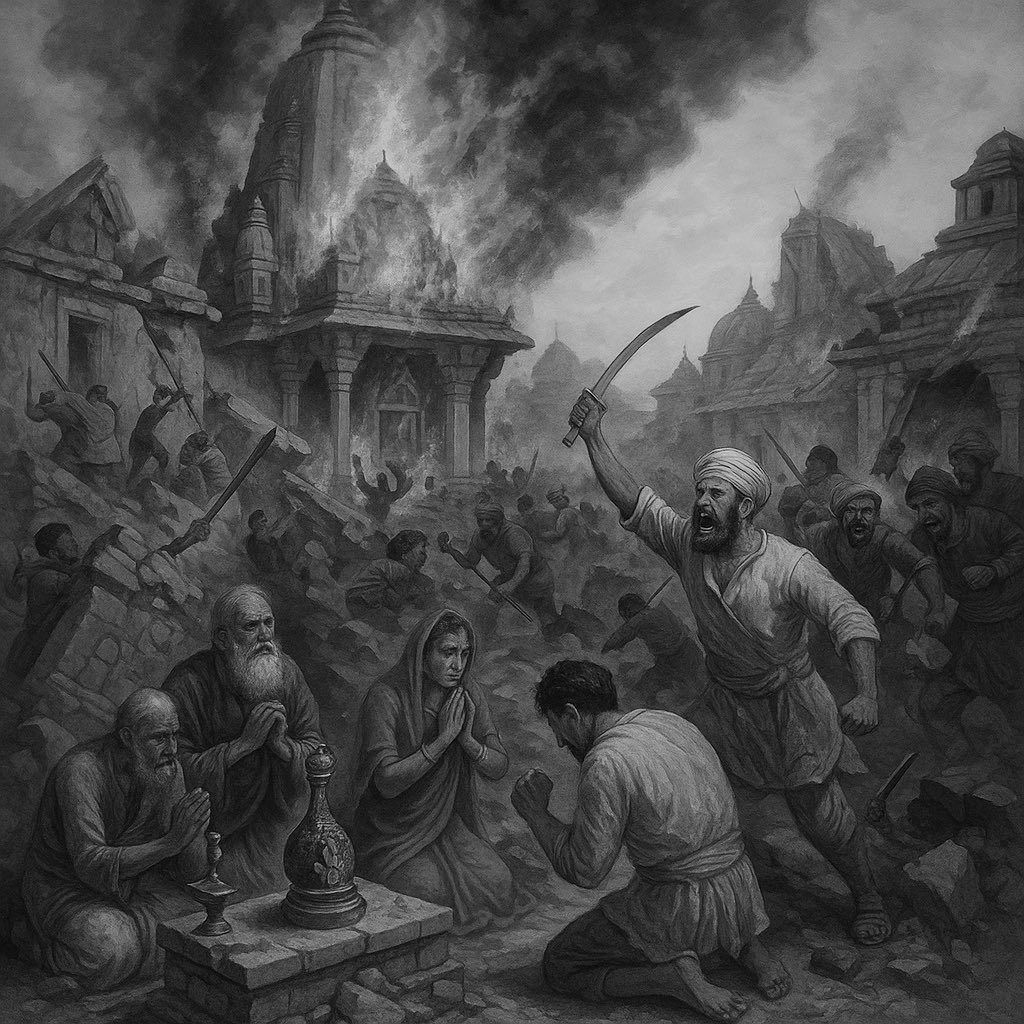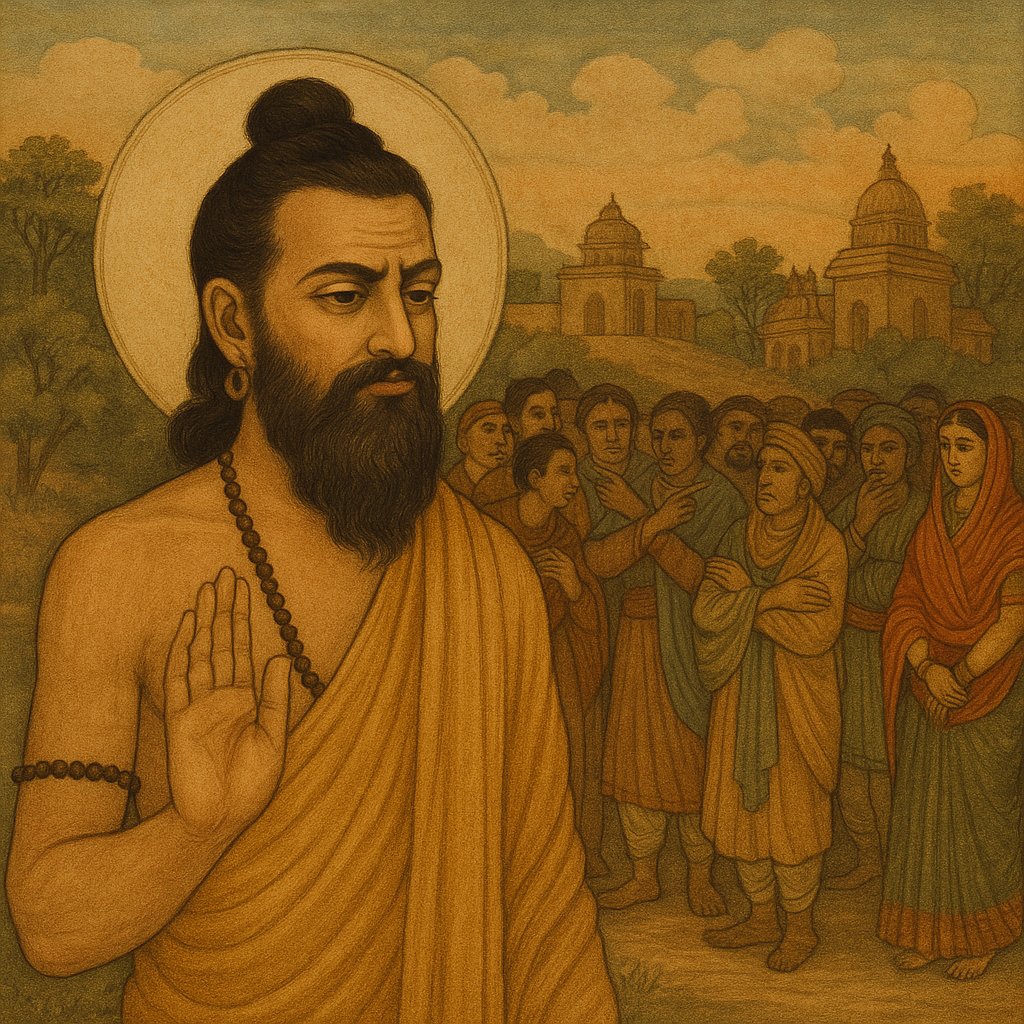🧵 Why is Erdogan furious at Israel’s strikes in Syria?
It’s not just about Gaza.
It’s about power, Islamism, and the collapse of Turkey’s covert influence.
Let's do a deep dive!
A 10-part thread. 👇
Further reading: Cathrin Schaer (DW, 2025) dw.com/en/israel-turk…
It’s not just about Gaza.
It’s about power, Islamism, and the collapse of Turkey’s covert influence.
Let's do a deep dive!
A 10-part thread. 👇
Further reading: Cathrin Schaer (DW, 2025) dw.com/en/israel-turk…
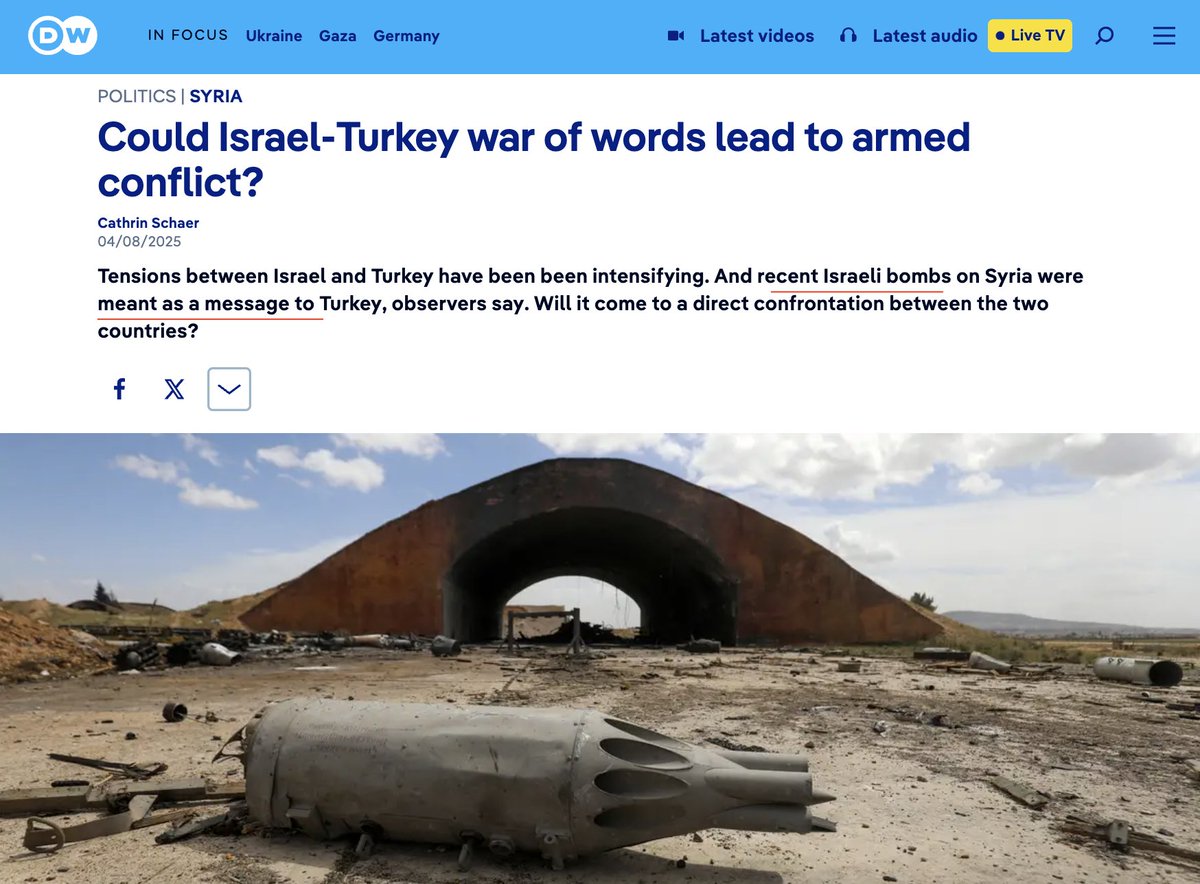
1/10
Over the past week, Israel expanded its air campaign beyond Gaza and Lebanon: targeting key sites in Syria, including Suwayda, Hama, and the T4 airbase in Homs.
Israel stated the strikes were in response to threats against the Druze minority and to eliminate extremist factions planning cross-border attacks.
But according to Israeli officials, they were also a clear message to Turkey, which has been quietly embedding itself in Syria militarily and ideologically.
Source: Reuters (2025) reuters.com/world/middle-e…
Over the past week, Israel expanded its air campaign beyond Gaza and Lebanon: targeting key sites in Syria, including Suwayda, Hama, and the T4 airbase in Homs.
Israel stated the strikes were in response to threats against the Druze minority and to eliminate extremist factions planning cross-border attacks.
But according to Israeli officials, they were also a clear message to Turkey, which has been quietly embedding itself in Syria militarily and ideologically.
Source: Reuters (2025) reuters.com/world/middle-e…

2/10
Turkey’s President Recep Tayyip Erdogan erupted:
“May my Lord bring ruin and devastation upon Zionist Israel,” he declared after Eid prayers.
Source: Hindustan Times (On TV, Angry Erdogan 'Declares War' On Israel In Syria As Truce Breaks, IDF Bombs Amid Clash) youtube.com/watch?v=daT_kj…
He condemned Israel as a “terrorist state” and accused it of violating Syria’s sovereignty.
Erdogan then affirmed support for Syria’s territorial integrity, but here’s the irony—Turkey has long occupied northern Syria, funded Islamist rebel groups, and sought to install a pro-Ankara order in the region.
His outrage has little to do with peace, and everything to do with a collapsing regional strategy.
Turkey’s President Recep Tayyip Erdogan erupted:
“May my Lord bring ruin and devastation upon Zionist Israel,” he declared after Eid prayers.
Source: Hindustan Times (On TV, Angry Erdogan 'Declares War' On Israel In Syria As Truce Breaks, IDF Bombs Amid Clash) youtube.com/watch?v=daT_kj…
He condemned Israel as a “terrorist state” and accused it of violating Syria’s sovereignty.
Erdogan then affirmed support for Syria’s territorial integrity, but here’s the irony—Turkey has long occupied northern Syria, funded Islamist rebel groups, and sought to install a pro-Ankara order in the region.
His outrage has little to do with peace, and everything to do with a collapsing regional strategy.
3/10
The crux: Israel is systematically dismantling networks Turkey once enabled.
To know more about the background of violence unleashed by Hay’at Tahrir al-Sham (HTS) in Syria, read a previous thread.
x.com/DrSonuBhaskar/…
Groups like HTS, with ties to Turkish intelligence, and remnants of ISIS are now under fire.
Reports suggest Abu Mohammad al-Jolani, the HTS leader once tolerated by Ankara, is on the run.
Meanwhile, Israel is defending the Druze, long persecuted by Islamists.
This not only embarrasses Erdogan diplomatically—it destroys his image as the guardian of Sunni Muslims and regional power broker.
Source: Mackenzie Holtz (2023, CSIS) csis.org/blogs/examinin…
The crux: Israel is systematically dismantling networks Turkey once enabled.
To know more about the background of violence unleashed by Hay’at Tahrir al-Sham (HTS) in Syria, read a previous thread.
x.com/DrSonuBhaskar/…
Groups like HTS, with ties to Turkish intelligence, and remnants of ISIS are now under fire.
Reports suggest Abu Mohammad al-Jolani, the HTS leader once tolerated by Ankara, is on the run.
Meanwhile, Israel is defending the Druze, long persecuted by Islamists.
This not only embarrasses Erdogan diplomatically—it destroys his image as the guardian of Sunni Muslims and regional power broker.
Source: Mackenzie Holtz (2023, CSIS) csis.org/blogs/examinin…

4/10
Why did Israel strike the T4 airbase and Syrian radar systems?
Because Turkey was planning to move Hisar air defense systems into Syria, giving Ankara a strategic military foothold.
x.com/IsraelRadar_co…
Israeli defense analyst Ron Ben-Yishai noted that Turkey’s radar in central Syria would restrict Israel’s freedom of movement—especially in missions against Iran.
In short, Erdogan wanted to replace Iran in Syria.
Instead, Israel preempted him, bombing the very facilities where Turkish expansion was taking root.
Why did Israel strike the T4 airbase and Syrian radar systems?
Because Turkey was planning to move Hisar air defense systems into Syria, giving Ankara a strategic military foothold.
x.com/IsraelRadar_co…
Israeli defense analyst Ron Ben-Yishai noted that Turkey’s radar in central Syria would restrict Israel’s freedom of movement—especially in missions against Iran.
In short, Erdogan wanted to replace Iran in Syria.
Instead, Israel preempted him, bombing the very facilities where Turkish expansion was taking root.

5/10
Now let’s address the elephant in the room:
Turkey’s record of enabling jihadist groups in Syria.
Source: BBC (2016) Turkey fury over Islamism claims in leaked German report bbc.com/news/world-eur…
A 2016 report by Germany’s Interior Ministry, leaked to ARD, explicitly stated:
“Turkey has long served as a hub for Islamist groups across the Middle East. Ankara actively supported armed Islamist groups in Syria, including those with direct ties to terrorist organizations like the Islamic State.”
This isn’t speculation—it’s the German government’s assessment.
Now let’s address the elephant in the room:
Turkey’s record of enabling jihadist groups in Syria.
Source: BBC (2016) Turkey fury over Islamism claims in leaked German report bbc.com/news/world-eur…
A 2016 report by Germany’s Interior Ministry, leaked to ARD, explicitly stated:
“Turkey has long served as a hub for Islamist groups across the Middle East. Ankara actively supported armed Islamist groups in Syria, including those with direct ties to terrorist organizations like the Islamic State.”
This isn’t speculation—it’s the German government’s assessment.
6/10
During the rise of ISIS, Turkey’s border was the main transit route for thousands of foreign fighters.
Journalists from The Guardian and The Independent documented how Turkish intelligence (MIT) facilitated movement across Kilis and Gaziantep.
In parallel, the U.S. Treasury confirmed ISIS sold oil across the Turkish border, generating millions in revenue.
These actions weren’t isolated—they were part of a permissive ecosystem Ankara cultivated to topple Assad and suppress Kurdish groups.
Source: theguardian.com/world/2015/nov…
During the rise of ISIS, Turkey’s border was the main transit route for thousands of foreign fighters.
Journalists from The Guardian and The Independent documented how Turkish intelligence (MIT) facilitated movement across Kilis and Gaziantep.
In parallel, the U.S. Treasury confirmed ISIS sold oil across the Turkish border, generating millions in revenue.
These actions weren’t isolated—they were part of a permissive ecosystem Ankara cultivated to topple Assad and suppress Kurdish groups.
Source: theguardian.com/world/2015/nov…

7/10
Weapon shipments from Turkey to Islamist groups were also exposed.
In 2014, Turkish newspaper Cumhuriyet revealed MIT trucks carrying arms to Syrian jihadi factions.
Instead of a national reckoning, the journalists were jailed.
Defectors and ISIS captives later told BBC and Buzzfeed they received medical treatment in Turkish hospitals and crossed the border unchallenged.
Ankara didn’t just turn a blind eye—it enabled jihadists as strategic assets in Syria’s civil war.
Source: Selin Girit (BBC, 2015) bbc.com/news/world-eur…
Weapon shipments from Turkey to Islamist groups were also exposed.
In 2014, Turkish newspaper Cumhuriyet revealed MIT trucks carrying arms to Syrian jihadi factions.
Instead of a national reckoning, the journalists were jailed.
Defectors and ISIS captives later told BBC and Buzzfeed they received medical treatment in Turkish hospitals and crossed the border unchallenged.
Ankara didn’t just turn a blind eye—it enabled jihadists as strategic assets in Syria’s civil war.
Source: Selin Girit (BBC, 2015) bbc.com/news/world-eur…

8/10
What Erdogan fears now is not just Israeli military dominance but the moral narrative slipping from his grasp.
While Turkey once cloaked itself as protector of Muslims, Israel is now visibly protecting the Druze, confronting jihadists, and working with minorities.
Erdogan’s Islamo-nationalist playbook, relying on proxies like Hamas, HTS, and Muslim Brotherhood affiliates, is unraveling.
Israel’s operations have exposed not just weapons caches, but a decade of Turkish duplicity in Syria’s war.
Further reading: Asli Aydintasbas (2018) Erdogan The Nationalist Vs Erdogan The Islamist. Hoover.
hoover.org/research/erdog…
What Erdogan fears now is not just Israeli military dominance but the moral narrative slipping from his grasp.
While Turkey once cloaked itself as protector of Muslims, Israel is now visibly protecting the Druze, confronting jihadists, and working with minorities.
Erdogan’s Islamo-nationalist playbook, relying on proxies like Hamas, HTS, and Muslim Brotherhood affiliates, is unraveling.
Israel’s operations have exposed not just weapons caches, but a decade of Turkish duplicity in Syria’s war.
Further reading: Asli Aydintasbas (2018) Erdogan The Nationalist Vs Erdogan The Islamist. Hoover.
hoover.org/research/erdog…

9/10
Erdogan and Putin even held talks to jointly condemn Israeli airstrikes, while Israeli analysts warn of Turkish radar compromising future air missions.
Source: TOI (YouTube) Russia To Hit Israeli Forces In Syria Along With Turkey? Putin-Erdogan Hold Crucial Talks youtube.com/watch?si=Qb66X…
This has led to the deepest rupture in Turkey-Israel relations in decades.
Once pragmatic rivals with open trade, they now teeter on the edge of proxy conflict.
Though both sides likely wish to avoid direct war—Turkey being a NATO member and Israel a U.S. ally—the Syrian battlefield is already the arena for this silent clash.
Erdogan and Putin even held talks to jointly condemn Israeli airstrikes, while Israeli analysts warn of Turkish radar compromising future air missions.
Source: TOI (YouTube) Russia To Hit Israeli Forces In Syria Along With Turkey? Putin-Erdogan Hold Crucial Talks youtube.com/watch?si=Qb66X…
This has led to the deepest rupture in Turkey-Israel relations in decades.
Once pragmatic rivals with open trade, they now teeter on the edge of proxy conflict.
Though both sides likely wish to avoid direct war—Turkey being a NATO member and Israel a U.S. ally—the Syrian battlefield is already the arena for this silent clash.
10/10
🔚 In sum:
Erdogan 🇹🇷is not enraged because Israel 🇮🇱violated sovereignty.
He is enraged because Israel dismantled the Islamist architecture he spent years building in Syria.
As Israel eliminates Turkish-backed jihadist enclaves and defends minorities like the Druze, Erdogan’s shadow empire is collapsing—one missile at a time.
This isn’t just a war for airspace.
It’s about standing up to jihadist radicalism and defending communities long persecuted.
From Druze villages in Syria to Jewish civilians in Israel.
For once, power is being used not to divide but to shield those targeted by terror.
It’s also a war for the future of Middle Eastern influence.
🧵 End.
RT if you found this thread informative.
Follow for more on counterterrorism and realpolitik.
🔚 In sum:
Erdogan 🇹🇷is not enraged because Israel 🇮🇱violated sovereignty.
He is enraged because Israel dismantled the Islamist architecture he spent years building in Syria.
As Israel eliminates Turkish-backed jihadist enclaves and defends minorities like the Druze, Erdogan’s shadow empire is collapsing—one missile at a time.
This isn’t just a war for airspace.
It’s about standing up to jihadist radicalism and defending communities long persecuted.
From Druze villages in Syria to Jewish civilians in Israel.
For once, power is being used not to divide but to shield those targeted by terror.
It’s also a war for the future of Middle Eastern influence.
🧵 End.
RT if you found this thread informative.
Follow for more on counterterrorism and realpolitik.

@threadreaderapp Unroll, danken!
• • •
Missing some Tweet in this thread? You can try to
force a refresh


